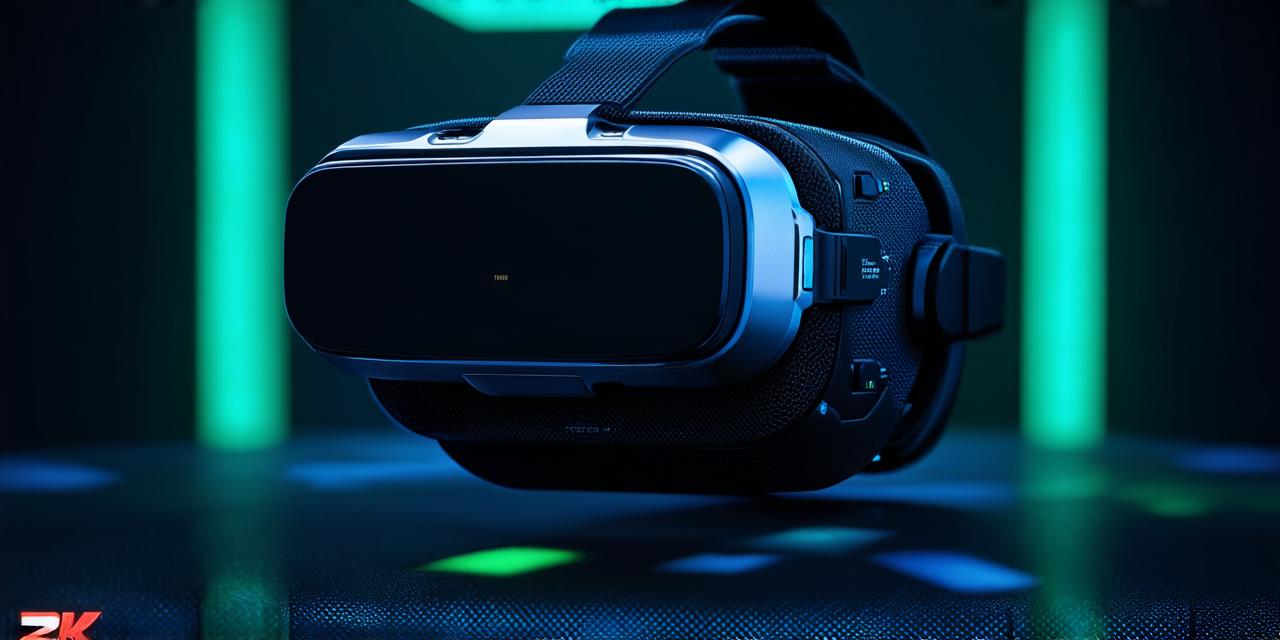1. Unity
Unity is one of the most popular VR development platforms on the market today. It offers a wide range of features and tools that make it easy for developers to create interactive and engaging VR experiences. With Unity, you can use 3D models, animations, and scripts to bring your ideas to life. Plus, Unity supports both standalone VR devices and mobile VR headsets like the Oculus Quest.
One of the key benefits of using Unity is its flexibility. You can create VR experiences for a wide range of platforms and devices, including PCs, consoles, and mobile devices. This makes it easy to reach a large audience and ensure your experience works seamlessly across multiple devices.
2. Unreal Engine
Unreal Engine is another popular VR development platform that offers a powerful set of tools for creating immersive experiences. It’s known for its high-quality graphics and support for advanced features like motion capture, physics, and real-time rendering. With Unreal Engine, you can create complex VR environments and bring your ideas to life with stunning visual effects.
One of the biggest advantages of using Unreal Engine is its scalability. It’s designed to handle even the most demanding VR experiences, making it a great choice for large-scale projects like theme parks or museums. Plus, Unreal Engine supports both standalone VR devices and mobile VR headsets like the Oculus Quest.
3. A-Frame
A-Frame is an open-source VR development platform that’s designed specifically for creating web-based VR experiences. It uses HTML, CSS, and JavaScript to create interactive VR environments that can be accessed through a web browser. With A-Frame, you can create VR experiences that are accessible to anyone with an internet connection, regardless of their device or operating system.
One of the biggest advantages of using A-Frame is its ease of use. It’s designed to be simple and intuitive, even for developers who have little or no experience with VR development. Plus, A-Frame supports a wide range of VR devices, including standalone VR headsets like the Oculus Quest.
4. Vuforia
Vuforia is an augmented reality (AR) and VR development platform that’s designed for creating interactive experiences in the real world. It uses computer vision algorithms to track the user’s environment and provide them with interactive objects and environments that can be accessed through a smartphone or tablet. With Vuforia, you can create AR and VR experiences that blend seamlessly with the real world, making them perfect for marketing, education, and entertainment.
One of the biggest advantages of using Vuforia is its versatility. It’s designed to work on a wide range of devices, including smartphones, tablets, and laptops. Plus, Vuforia supports both AR and VR experiences, making it a great choice for creators who want to create interactive experiences that engage users in new and exciting ways.
5. HTC Vive Pro SDK
The HTC Vive Pro SDK is a powerful set of tools for creating VR experiences on the HTC Vive Pro headset. It provides developers with access to advanced features like eye tracking, facial recognition, and hand tracking, making it perfect for creating highly immersive VR experiences that feel like the real thing. With the HTC Vive Pro SDK, you can create VR experiences that are designed specifically for the Vive Pro headset, ensuring a seamless user experience.
One of the biggest advantages of using the HTC Vive Pro SDK is its support for advanced VR features like eye tracking and facial recognition. These features allow developers to create more realistic and immersive VR experiences that feel like they’re actually happening in the real world. Plus, the HTC Vive Pro SDK supports a wide range of VR applications, making it a great choice for creators who want to create highly specialized VR experiences.
